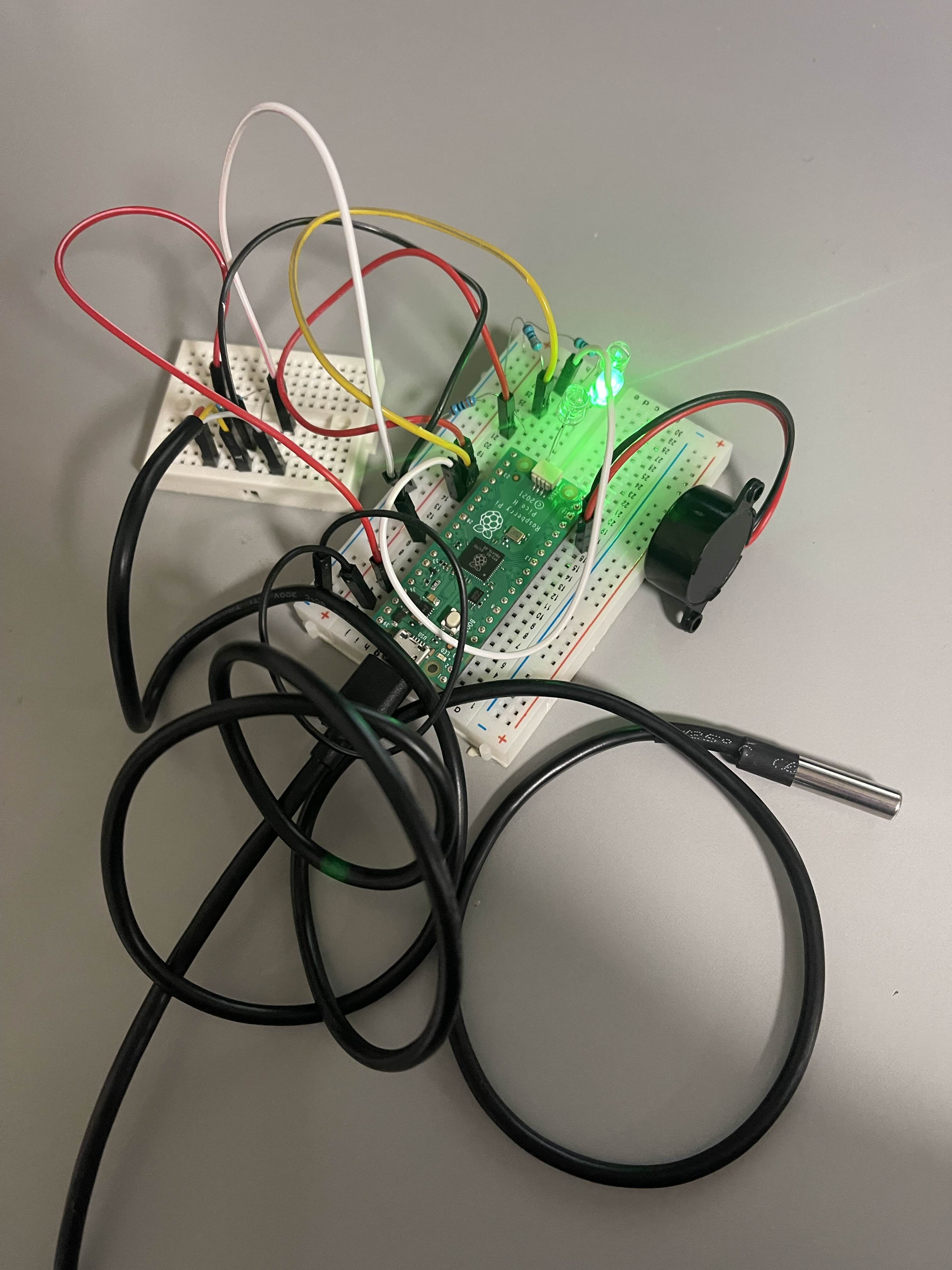APAW Week 24: Porting An Advent Calendar To Golang

The repo for this post can be found here.
The Premise
As an early christmas present I recieved ‘The 12 Projects of Codemas’, a boxset of 12 Raspberry Pi Pico projects. The projects are assembled on breadboards and programmed in MicroPython, an embedded dialect of the Python programming language.
I decided that to add some novelty and to teach me both Go and a practical embedded language I would implement the examples in TinyGo, a Go implementation for microcontrollers.
To understand why TinyGo is more pragmatic than MicroPython here’s a graph from a paper benchmarking embedded languages:

As you can see TinyGo beats embedded Rust, closely ties C and all three are (literally) 1000 times faster than MicroPython. TinyGo is also garbage collected and with a large standard library, making it a good balance between MicroPython’s ease-of-use and C’s performance.
Moving MicroPython Code To TinyGo
TinyGo needed much more explicit configuration of pin use, direction, configuration etc. than MicroPython, making code more verbose:
Golang
// Configure pins for output
red := machine.Pin(18)
amber := machine.Pin(19)
green := machine.Pin(20)
red.Configure(machine.PinConfig{Mode: machine.PinOutput})
amber.Configure(machine.PinConfig{Mode: machine.PinOutput})
green.Configure(machine.PinConfig{Mode: machine.PinOutput})
// Turn on LEDs
red.High()
amber.High()
green.High()
// Wait for 5 seconds
time.Sleep(5 * time.Second)
// Turn off LEDs
red.Low()
amber.Low()
green.Low()
Python
from machine import Pin
import time
red = Pin(18, Pin.OUT)
amber = Pin(19, Pin.OUT)
green = Pin(20, Pin.OUT)
red.value(1)
amber.value(1)
green.value(1)
time.sleep(5)
red.value(0)
amber.value(0)
green.value(0)
TinyGo
TinyGo was great to work with and I’d happily do it again. Unlike with C it was very easy to update firmware repeatedly, quickly and without unplugging the board to set it into flashing mode, by running:
tinygo flash -target=pico .
This reflashes and updates the firmware, giving short iteration times like MicroPython but with good type safety and performance similar to C.
Conclusion
Programming in TinyGo was great fun, it was fast, easy and performant and I have no major complaints (other than documentation being mildly obscure, which is a wider go issue). The advent calendar was good fun and I enjoyed working on all the projects.

The board with a heatsensor, leds and a buzzer hooked up